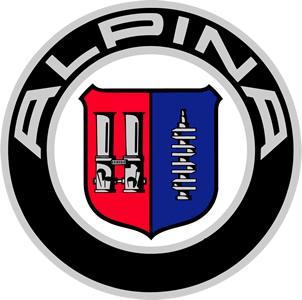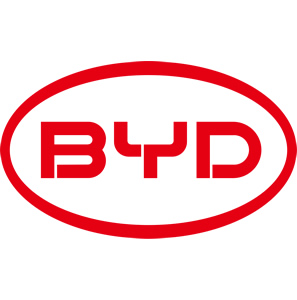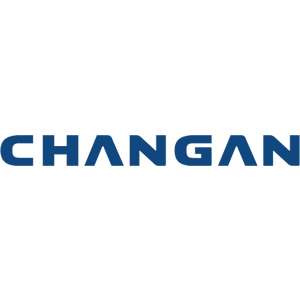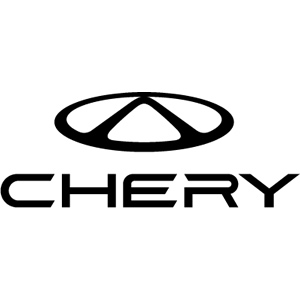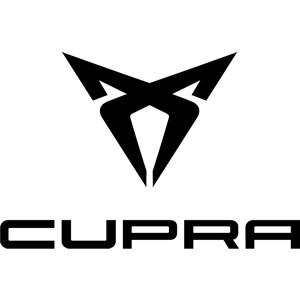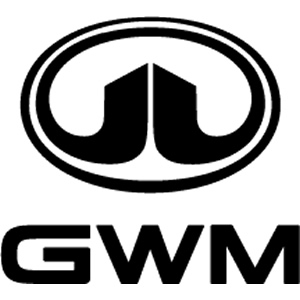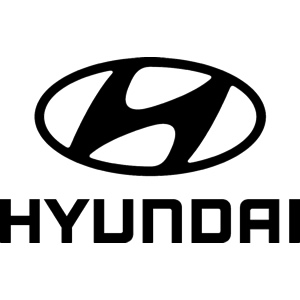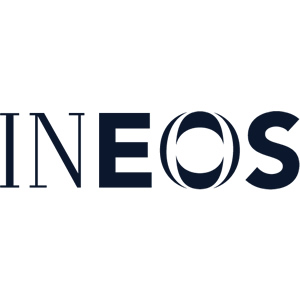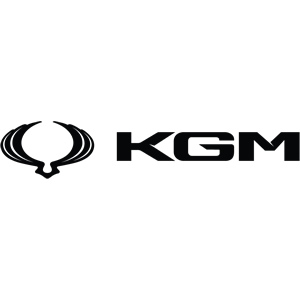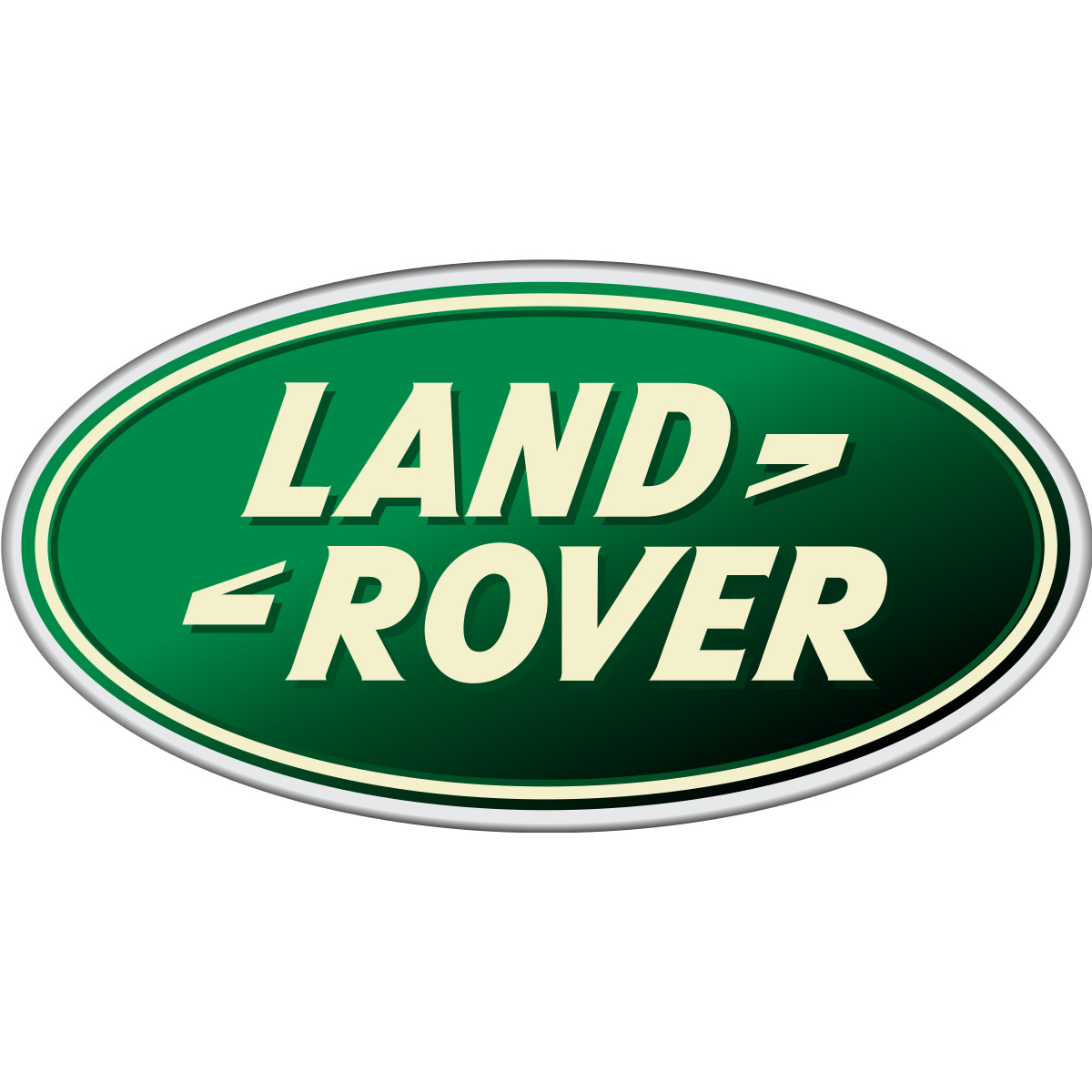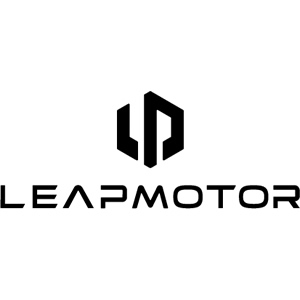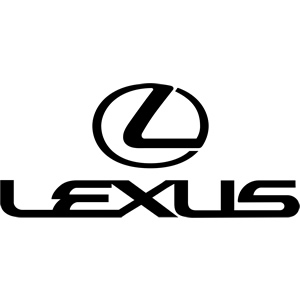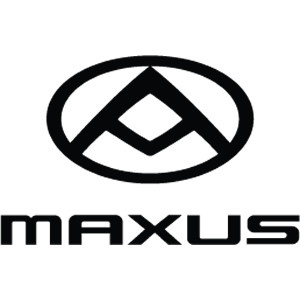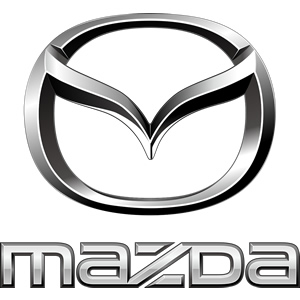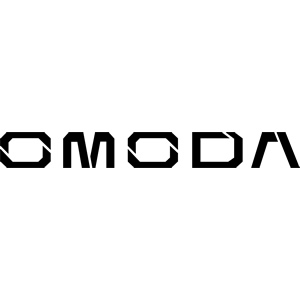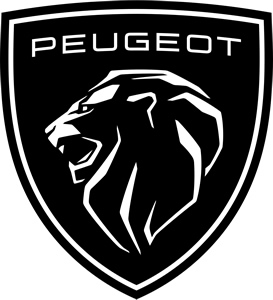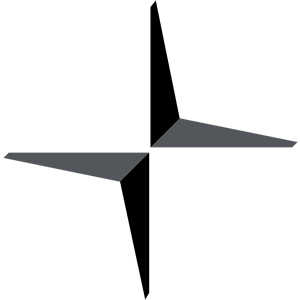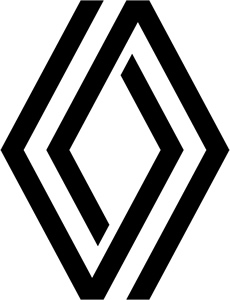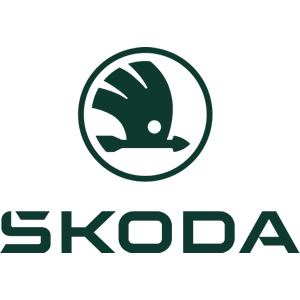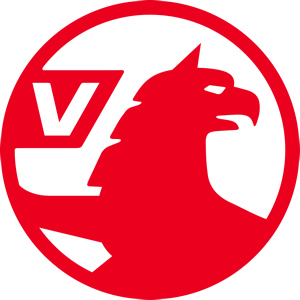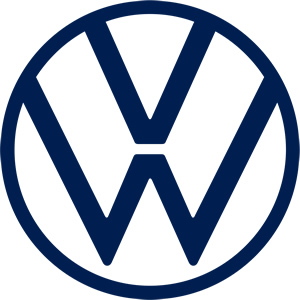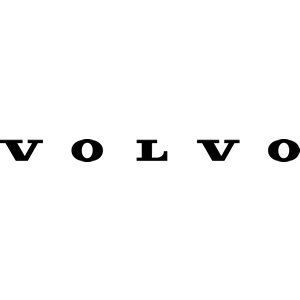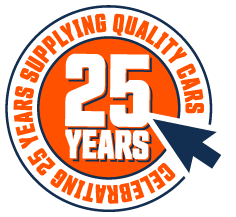Buy a Renault Car
Renault PCP QuoteBuy new Renault cars, at cheap prices, from UK franchised Renault dealers
A Brief History of Renault Cars
Few people have made a larger contribution in shaping the way the motorcar developed through its infancy than Louis Renault. Renault was born in 1877 in the heart of Paris, the youngest child in a family of five, his father had made his fortune in textiles and buttons and his mother was the daughter of a wealthy merchant. Fascination with mechanical engineering led the young Renault to neglect his schoolwork in favour of hanging around the workshop of Leon Serpollet, the workshop where Serpollet built his steam-powered cars. Using a tool shed at Renault's second home, Louis would develop his engineering skills working on an old Panhard engine, these skills would serve him well as he would become one of the great innovators of the early auto industry.
Following the conclusion of his military service, Renault, with the help of a military colleague converted his De Dion-Bouton cycle into a four-wheeled vehicle, this would not have been so remarkable, had it not been for a couple of inventions that Renault incorporated into his design. A universally jointed prop shaft and a three-speed gearbox plus reverse replaced Chains and belts and this technological advance would within months become the norm. Renault went on to patent this design in 1899.
Christmas Eve 1898 was a massive turning point for the young Renault, out celebrating with his friends, he made a bet that his new vehicle could drive up the slope of Lepic Street in Montmartre. After successfully completing his task Renault had not only proved the worth of his new invention, he also walked away with firm orders (and deposits) for 12 vehicles. Renault's older brothers Marcel and Fernand saw the potential for their brother's new invention and on the 25th of February 1899, the brothers formed the Renault Frères Company. In the beginning, the two elder brothers took control of the company's finances and administration, leaving Louis to concentrate on design and production. Louis would wait until 1908 to take full control of the business when Fernand retired due to ill health, his other brother Marcel had died tragically in 1903 whilst competing in the Paris-Madrid motor race.
Louis Renault would remain in complete charge of the company for the next forty years, he was decorated for his services during the first world war with the Legion of Honor for his successful military designs, the most notable of which was the Renault FT-17 Tank, the first tank to have an armament placed inside a rotating turret. The Second World War, however, would not be so good for Louis, in 1939 he refused to make tanks for the French army, as a consequence the government acquired control. When France was invaded, all companies fell under the control of the German's and Louis decided to collaborate with the invading force. Liberation came in 1944 and the Renault company was nationalised and shortly after Louis died.
In the immediate period following nationalisation Renault seemed to thrive, the 4CV released in 1946 proved successful and was promoted how Renault had promoted all its cars, through motor racing, it won the Monte Carlo Rally, the Le Mans 24 and the Mille Miglia. But the one problem that was holding Renault back was its relationship with its workforce, labour unrest that began in the '40s would be a problem that would stay with Renault through to the 1980s.
Although Renault launched many successful models during this forty-year period including the Renault 4 in 1961, the Renault 8 in 1962 and the Renault 5 in 1972, it found itself in a position in 1984 where it was losing one billion Francs each month. A major restructuring was needed and Georges Besse was installed as Chairman. Besse set about cutting costs ruthlessly, many of Renault's non-core assets were sold off, staff were made redundant and Renaults activities in motorsport were curtailed. In 1986, having halved the deficit, Besse was murdered by a left-wing terrorist group and his position was filled by Raymond Levy who continued with the cutbacks until in 1987 Renault reached a point where its finances were stable.
With a sound financial footing, Renault once again began to thrive, new models were introduced in the shape of the Clio (replacing the extremely popular 5 models), the Laguna, the Megane and the Scenic. Successes in motorsport also returned with Renault supplying the engines to the Formula One winners in 1992, 93, 95, 96 and 1997. Realising it was holding the company back, the French government privatised Renault in 1996. Further new models were added to the Renault range and in 1999 they purchased a 36.8 percent equity stake in Nissan which was close to bankruptcy, this was increased to 44.4 percent in 2002 and this provides the Renault - Nissan alliance with just under 10 percent of market share, making them the fourth largest manufacturer after Ford, Toyota and GM.
Renault made a return to Formula One in 2001 when it purchased the Benetton team and success followed quickly, they won their first race in 2003 and in both 2005 and 2006 they won the drivers and constructor's championships.
If you are looking to buy a new Renault, Brokers4Cars can help you secure your dream new Renault car at a discounted rate. Simply find your perfect vehicle and get in touch, and our new car brokers team will guide you through the process of buying your new car.
Show More New Renault 4 E-tech Hatchback
New Renault 4 E-tech Hatchback
.jpg) New Renault 5 E-tech Hatchback
Renault aims to 'democratise electric technology in Europe', starting with this 5 E-Tech Electric small hatch. Back in the Seventies, the original 5...
New Renault 5 E-tech Hatchback
Renault aims to 'democratise electric technology in Europe', starting with this 5 E-Tech Electric small hatch. Back in the Seventies, the original 5...
.jpg) New Renault Austral Estate
Renault's become a popular Hybrid brand, so it makes sense that this is the form in which we get the marque's sleek-looking C-segment SUV, the...
New Renault Austral Estate
Renault's become a popular Hybrid brand, so it makes sense that this is the form in which we get the marque's sleek-looking C-segment SUV, the...
.jpg) New Renault Captur Hatchback
Renault's little Captur Crossover model has matured nicely in this smarter second generation guise. It's now a little bigger but as before, is a...
New Renault Captur Hatchback
Renault's little Captur Crossover model has matured nicely in this smarter second generation guise. It's now a little bigger but as before, is a...
.jpg) New Renault Clio Hatchback
This fifth generation Clio supermini offers the kind of complete package that could return this model line to its old position as one of Europe's...
New Renault Clio Hatchback
This fifth generation Clio supermini offers the kind of complete package that could return this model line to its old position as one of Europe's...
.jpg) New Renault Megane E-tech Hatchback
It's taken a long time for Renault to deliver a proper follow-up to its ZOE EV, but the Megane E-Tech was worth the wait. Stylish, engaging and...
New Renault Megane E-tech Hatchback
It's taken a long time for Renault to deliver a proper follow-up to its ZOE EV, but the Megane E-Tech was worth the wait. Stylish, engaging and...
.jpg) New Renault Rafale Estate
The Rafale reinterprets what a larger Renault model should be. This D-segment Coupe-SUV brings style and ingenuity to the business of tempting...
New Renault Rafale Estate
The Rafale reinterprets what a larger Renault model should be. This D-segment Coupe-SUV brings style and ingenuity to the business of tempting...
.jpg) New Renault Scenic E-tech Electric Estate
As thirty years ago, today we have a Renault Scenic that claims to re-invent what a family car ought to be. Today's Scenic E-Tech Electric isn't so...
New Renault Scenic E-tech Electric Estate
As thirty years ago, today we have a Renault Scenic that claims to re-invent what a family car ought to be. Today's Scenic E-Tech Electric isn't so...
 New Renault Symbioz Estate
The Symbioz Hybrid offers yet another Renault option for customers in search of a C-segment crossover. It's a more spacious, versatile and trendy take...
New Renault Symbioz Estate
The Symbioz Hybrid offers yet another Renault option for customers in search of a C-segment crossover. It's a more spacious, versatile and trendy take...
Read what our customers have to say
View Over 600 reviews HERE
The only very minor disappointment was the car was dirty on arrival but the delivery driver offered to get it cleaned before leaving.






